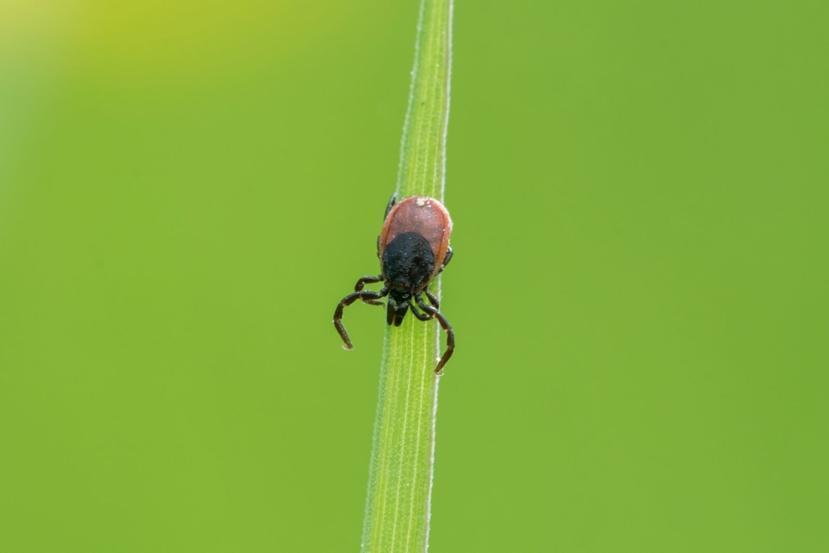Lyme Disease: How to Prevent It

Lyme disease is a nasty infection that anyone can catch by being bitten by a tick. These ticks are most active during the summer and spring. Not all ticks carry the disease; only the ones infected with the bacterium Borelia burgdoferi will give you Lyme disease. Borrelia burgdorferi will be injected to human blood when an infected tick feeds on human blood. This bacterium will then go deep in to the tissues and the lining cells of all the organs where they will begin to multiply and form a colony known as biofilm. People living in the woods are at high risk of getting Lyme disease.
The first incidence of Lyme disease was reported in 1975 in a town called as Old Lyme in Connecticut. Lyme disease is the most common tick borne infection Europe and United States. People living in the wood areas, and people who own pets that go in to the woods, are more likely to develop Lyme disease.
Although it is a treatable disease, Lyme disease can be a serious debilitating illness in some people. The disease is transmitted by ixodes ticks (deer ticks, black legged ticks). Lyme disease is commonly found in United States. Lyme is sometimes mentioned as 'The great Imitator'. This is because the symptoms of the Lyme resembles or imitates the symptoms of other diseases. Often the symptoms resemble those having multiple sclerosis, fibromyalgia, chronic fatigue syndrome, etc. Hence it is difficult to diagnose Lyme in a primary observation. This misdiagnosis often complicates the disease in most cases. It can affect the vital organs such as the heart, brain, nervous system, muscles and joints too. Untreated Lyme leads to develop severe symptoms that are difficult to resolve. We do not want people to get Lyme disease in the first place, and therefore, prevention is the key to success.
How the bacteria enter human body?
People often get Lyme from the bite of immature ticks or often termed as Nymphs. These immature ticks are as small as head lice and their bite is often painless. People may not even notice that they have been bitten. Transmission of the disease depends on how long the tick is attached. There are even chances of transmitting the disease from a pregnant mother to the unborn child through blood stream. Lyme is a zoonotic disease (passed from animals to human) and the possibility of spreading the disease through human to human interaction is not yet supported by science.
What are the symptoms of Lyme Disease?
1. Common symptoms of flu, such as fever, sweating, pain in muscles and joints, fatigue etc.
2. Rashes on skin (bull's eye shaped rashes are most evident symptom of lyme disease)
3. Inadequate sleep
4. Depression and cognitive impairment.
How to Diagnose Lyme Disease:
Like the test for AIDS, Lyme diagnosis involves measuring the patient's antibody response to the infection. Hence tests such as ELISA (enzyme linked immunosorbent assay) and western blot are preferred for diagnosing Lyme. During the initial 4-6 weeks of bacterial infection these tests cannot be relied on as the patient may not have developed the desired antibody response. Even if the person is infected, there are chances of getting negative results in the test. An exclusive test to diagnose Lyme is still unavailable.
What you should you do if a tick bites?
1. Don’t try to squeeze it with your naked fingers.
2. Use plucker tools or tweezers to remove the tick.
3. Disinfect the area bitten by tick.
4. Consult a physician if required.
So how can we prevent Lyme disease?
No tick bite means, no Lyme disease. Therefore we can take precautionary measures to prevent being bitten by deer ticks. Following measures can be taken to prevent a tick bite.
- Wear long pants and shirts with sleeves that will cover the whole body so that minimal skin is exposed to the environment.
- Apply insect repellents to the exposed skin before going out. The insect repellents you use should at least contain 10% DEET. Insect repellents with 10% DEET provide protection for about 2 hours. Apply the repellents only when you go outside and do not apply more than the required amount.
Insect repellents should not be used on the hands and faces of children less than 2 months.
- Create a tick free environment. This can be achieved by clearing the wood areas and keeping the grass cut short. Wood piles should be kept in areas exposed to more sunlight.
- Repeatedly check yourself, your children, and pets for ticks after you take a walk in the woods.
- Wash your pets after walks to makes sure there are no ticks attached to them.
- Wash pet beddings, collars, and fluffed toys on a routine basis to minimize the chance of a tick bite.
- Wash your hands well after handling pets or walking in the woods. Scrub your hands with soap for at least a few minutes.
- Increase the awareness among population about Lyme disease and its effects on the body. This can be achieved by means of brochures and leaflets distributed to all individuals in parks and living close to the woods.
- It is also important that everyone learns about where deer ticks are commonly found.
If you find a tick on yourself by any chance, then you should remove it immediately. The ticks can be removed using a tweezers but make sure that every part of the tick is removed from your body. Make sure that you do not crush or twist the tick while attempting to remove it. Wash your skin after removing the tick and apply an antiseptic cream over the area of the bite.
If you notice a red rash on the area where the tick was found or if you develop any flu like symptoms, consult a doc immediately to get yourself tested for Lyme disease as early as possible.
Even if you have been treated for Lyme disease previously, you should still be careful and be vigilant as possible, as it is possible to get Lyme disease more than once.












